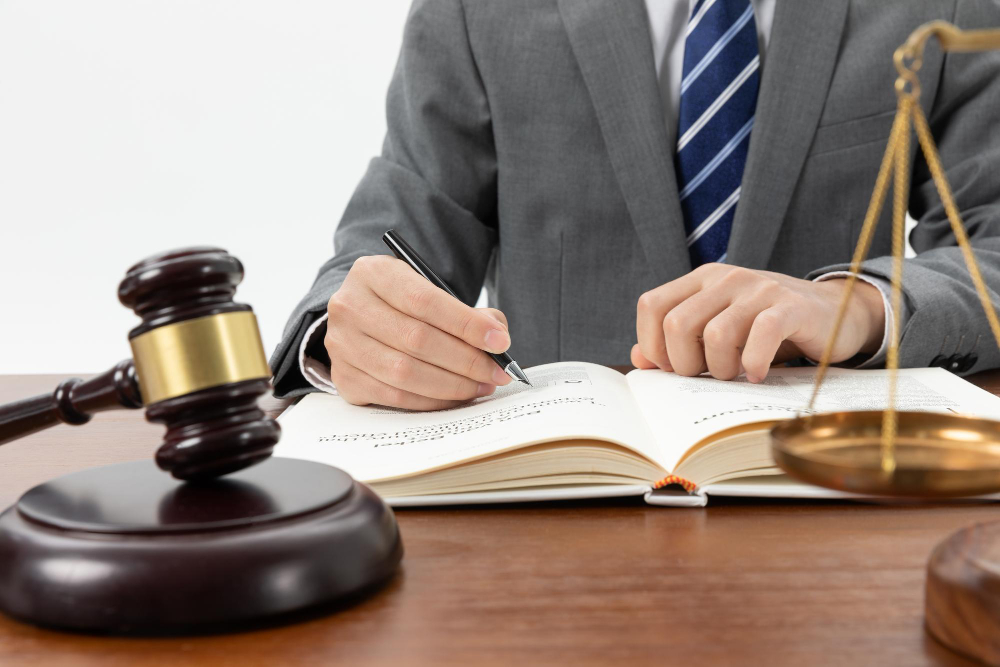If you are involved in an accident that results from failure to yield, you could be responsible for compensatory damages including medical bills, out-of-pocket expenses, lost income and consortium loss. The amount you owe depends on where you reside as well as whether or not you carry insurance.
Drivers have the right of way
Right-of-way laws serve to mitigate conflicts that could otherwise lead to car crashes. They outline who must yield first when turning in order to avoid accidents and injuries, with New York drivers often confused over these laws; but emergency vehicles (with sirens and flashing lights) or motorists attempting to turn should always have priority when yielding.
Drivers must also yield to pedestrians when crossing at crosswalks or walking across streets, yield to traffic on driveways, alleys and private roads, yield to driveway traffic from driveways alleys or private roads and yield when merging onto multilane highways. Yielding when necessary helps reduce accidents at intersections or crossing roads as well as fatalities among pedestrians and cyclists in New York.
Drivers must yield to pedestrians

At times, pedestrians may be killed due to drivers failing to yield to them. Accidents may be avoided by adhering to traffic-yielding guidelines and staying focused while driving; being attentive requires full focus on all vehicles, pedestrians and intersections at once. A failure to yield accident lawyer is always needed in such a case.
Failing to yield can result in a fine that depends on both state and type of violation, with fine amounts depending on where and what kind of incident took place. A conviction for an accident caused by failure-to-yield could even result in suspension of driving privileges for all parties involved.
If you are hit by a vehicle that fails to yield, contact an experienced lawyer as soon as possible. They can help file an insurance claim and seek compensation for injuries sustained; in addition they may help defend against failure-to-yield charges by providing evidence which proves the police officer’s recollection was inaccurate; it is vital because judges often side with officers’ accounts of events. It is therefore wise to document photographs taken at the accident scene as well as document any injuries you suffered after an incident takes place.
Drivers must yield to emergency vehicles
Drivers must yield to emergency vehicles such as firetrucks, police cars and ambulances when their lights and sirens are activated; audible signals or flashing lights may also be present. New York state law VTL SS 1144(a) mandates that when an emergency vehicle approaches them it must move over to the right side of the road or stop and drivers who fail to comply can face fines for breaking this rule.
Penalties for this violation vary based on the damage or injuries that result. For instance, if someone is injured as a result of this violation, fines of up to $500 and license suspension could apply within 30 days.
Avoiding failure-to-yield tickets by always being prepared to yield to others when necessary and yield the right of way when necessary. Doing this will help to avoid accidents and injuries while driving safely around yield signs. Furthermore, do not pass them until it is safe.
Drivers must yield to other vehicles
As drivers must yield to other vehicles at intersections and crosswalks, those failing to abide by laws that dictate this behaviour may receive a failure-to-yield ticket by police for violating them.
Some of the most severe collisions involving cars and pedestrians involve drivers failing to abide by other motorists or traffic signals, leading to severe injuries or even fatalities.
New York traffic law dictates that motorists give way to emergency vehicles with flashing lights and sirens as per Vehicle and Traffic Law section 1144.
Drivers must yield to other vehicles at intersections without traffic signs or lights when there are no street signs or traffic lights present, with priority given to the car that arrives first at an intersection. Drivers should also yield to pedestrians within crosswalks as well as flag persons involved with road construction or maintenance as outlined by NY VTL section 1151.



